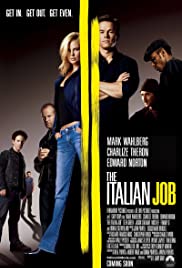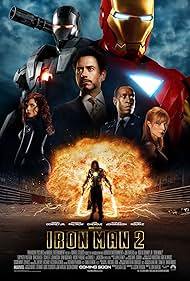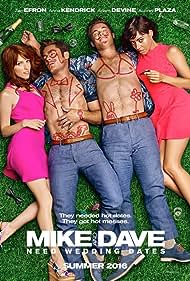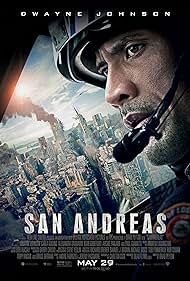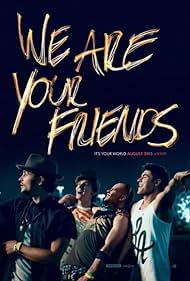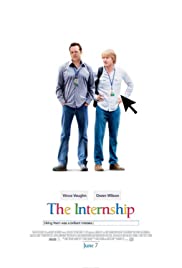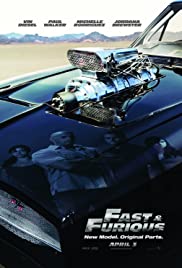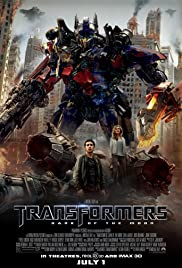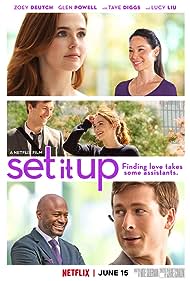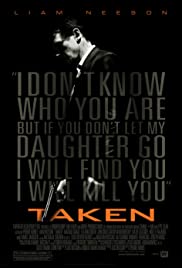Soundtrack for a Revolution Soundtrack (2009)

Buy on Amazon Play and download Soundtracks
Soundtrack for a Revolution
Synopsis
It tells the story of the American civil rights movement through its powerful music: the freedom songs that protesters sang on picket lines, in mass gatherings, and in jail cells as they fought for justice and equality. Features new interpretations of Freedom songs from top artists; archival footage; and interviews with civil rights leaders and foot soldiers. Freedom songs evolved from slave songs, the labor movement, and especially the black church. The music enabled black people to sing words they couldn't say, and was crucial in helping the protesters face the brutal assault with dignity and nonviolence. The contagious energy of the songs swept people up and empowered them to fight for their rights. This film celebrates the vitality of this music.
Download and play the Soundtrack list
| Play | Title | Artist |
|---|---|---|
|
Soundtrack for a Revolution
|
||
|
Phaeton, Prologue - Le retour de l'Âge d'or: Ouverture
|
|
|
|
Opening
|
|
|
|
Vivaldi: Violin Concerto in G Minor, RV 315, "L'estate" (from "Il cimento dell'armonia e dell'inventione", Op. 8, No....
|
|
|
|
Huntress
|
|
|
|
Rêverie
|
|
|
|
Météores
|
|
|
|
Concerto Á 5 In E Minor: 1. Allegro non molto
|
|
|
|
Friendship and Disaster
|
|
|
|
All My Life
|
|
|
|
Cité radieuse
|
|
|
|
Saint-Saëns
|
|
|
|
A Night with Trees
|
|
|
|
Sonata No. 14 "Moonlight" in C-Sharp Minor", Op. 27 No. 2: I. Adagio sostenuto
|
|
|
|
Pélléas
|
|
|
|
Once Upon a December (from Anastasia)
|
|
|
|
A Deal With Chaos
|
|
|
|
Mäßig Bewegt (feat. S/QU/NC/R)
|
|
|
|
Eroica Spettrale
|
|
|
|
Symphony No. 4 in A Major, Op. 90, MWV N16 "Italian": I. Allegro vivace
|
|
|
|
Do You Hear The People Sing?
|
|
|
|
This May Be the Last Time
|
Anthony Hamilton:
Performer
|
|
|
Wade in the Water
|
||
|
This Little Light of Mine
|
||
|
I'm Gonna Sit at the Welcome Table
|
Guy Carawan:
Performer
|
|
|
Which Side Are You On?
|
||
